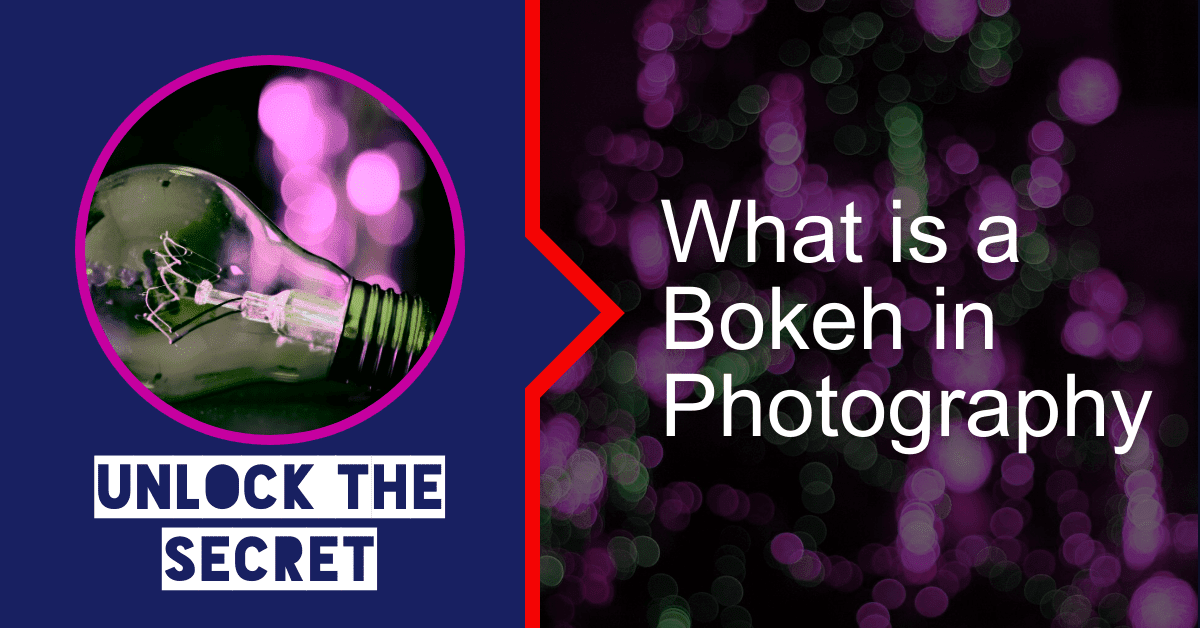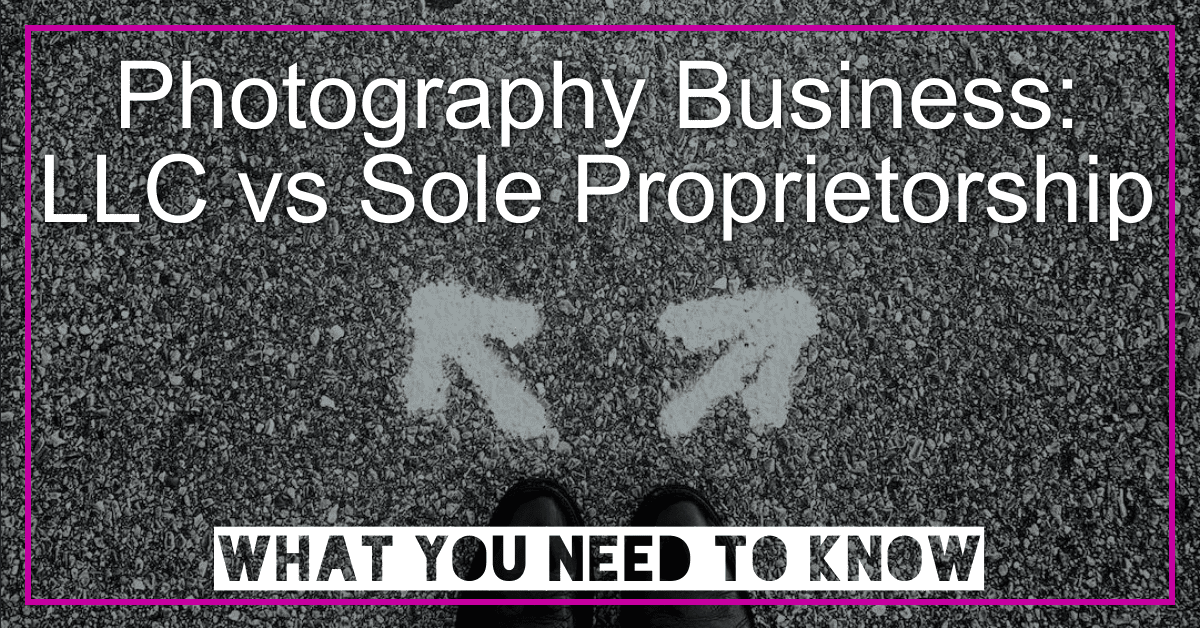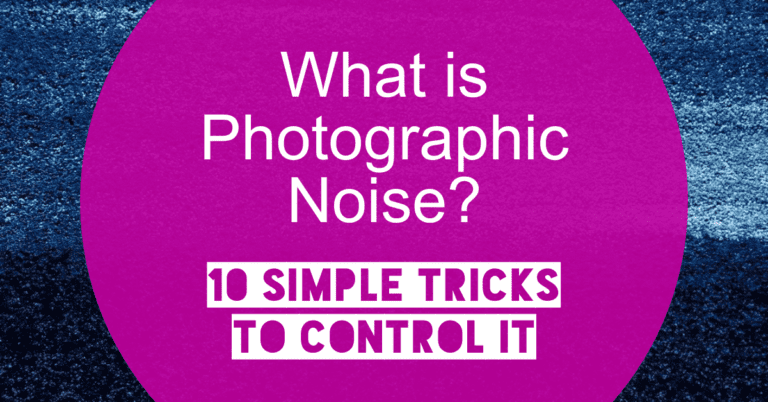Discover what is a Bokeh in Photography and how to achieve it. Elevate your photos with stunning bokeh effects and create visually striking images. Bokeh is one of the most important and fascinating concepts in photography, particularly in portrait and macro photography.
The term refers to the aesthetic quality of the out-of-focus areas in an image, and it can greatly impact the overall look and feel of a photograph. In this article, we will explore what is a Bokeh in Photography, why it is important, and how it can be achieved in photography.
Table of Contents
What Is a Bokeh in Photography?
The word “bokeh” comes from the Japanese word “boke” which means blur or haze. The term “bokeh” was first used in print by Japanese photographer Araki Mataemon in his book, “Nippon no Shashin Jutsu” (“The Technique of Japanese Photography”) published in 1917. The term was coined with the translation of the Japanese word “boke” (暈け), meaning “blur”.
The English term “bokeh” was coined by photographic pioneer Harold Eugene Edgerton in 1953.
In photography, bokeh refers to the quality of the blur produced in the background of an image when the subject is in focus. The quality of bokeh can be affected by several factors such as the aperture of the lens, the distance between the subject and the background, and the distance between the camera and the subject.
Bokeh is often described as smooth and creamy, with a soft and pleasing blur that can help separate the subject from the background and draw attention to the main subject of the photo.
It is particularly popular in portrait photography, where a shallow depth of field is used to create a blurred background and a sharp focus on the subject’s face.
Overall, bokeh is an important element of photographic composition that can add a sense of depth and dimensionality to an image, and can help create a unique and visually striking photograph.
When an object is in focus, the area around it appears blurred, which is known as the depth of field. The quality of this blur is what we refer to as bokeh. It is a subjective quality that varies depending on several factors, including the aperture of the lens, the distance between the subject and the background, and the distance between the camera and the subject.
Knowing the basics on what is a Bokeh in Photography, will open and unlock more secrets to taking exceptional images. Let’s dive deeper.
Why Is Bokeh Important in Photography?
Bokeh is an important element of photographic composition that can greatly impact the overall look and feel of a photograph. It can add a sense of depth and dimensionality to an image, and can help create a unique and visually striking photograph.
Bokeh can also be used to convey emotion and mood in a photograph. For example, a photograph with a soft, dreamy bokeh can create a romantic or nostalgic mood, while a photograph with a harsh, angular bokeh can create a sense of tension or drama.
Bokeh can also help separate the subject from the background, creating a sense of isolation and focus on the subject. This can be particularly important in portrait photography, where the subject is often the main focus of the photograph.
How to Achieve Bokeh in Photography
Looking deeper in what is a Bokeh in Photography and achieving Bokeh in photography involves a few key factors, including the aperture of the lens, the distance between the subject and the background, and the distance between the camera and the subject.
1. Aperture of the Lens
The aperture of the lens is one of the most important factors in achieving bokeh in photography. The aperture controls the amount of light that enters the camera, and it also controls the depth of field in an image.
A wide aperture (represented by a low f-number) will produce a shallow depth of field, which will blur the background and create a creamy bokeh. A narrow aperture (represented by a high f-number) will produce a deeper depth of field, which will keep more of the image in focus and produce less bokeh.
In general, lenses with a wider maximum aperture (such as f/1.8 or f/1.4) are better for achieving bokeh in photography.
Find out more in our article What is a Camera Aperture?
2. Distance Between the Subject and the Background
The distance between the subject and the background is also an important factor in achieving bokeh in photography. The farther the subject is from the background, the more pronounced the bokeh will be.
In portrait photography, it is often recommended to place the subject several feet away from the background to create a strong bokeh effect.
3. Lens Choice
The choice of lens can also impact the quality of bokeh in a photograph. Some lenses are designed with a smoother bokeh, while others may produce a more jagged or harsh bokeh.
In general, prime lenses (fixed focal length lenses) are preferred for achieving bokeh in photography. Prime lenses often have wider apertures and produce a smoother bokeh than zoom lenses.
4. Sensor Size
The size of the camera sensor can also impact the quality of bokeh in a photograph. Larger sensors tend to produce a shallower depth of field, which can create a stronger bokeh effect.
Full-frame cameras, for example, are often preferred for achieving a shallow depth of field and a strong bokeh effect in portrait photography.
Examples of Bokeh in Photography
To better understand in what is a Bokeh in Photography, let’s take a look at some examples of photographs that use bokeh effectively.
1. Portrait Photography
Portrait photography often uses bokeh to separate the subject from the background and create a sense of depth and dimensionality. In the photograph below, the shallow depth of field creates a soft and pleasing bokeh that draws the viewer’s attention to the subject’s face.
2. Macro Photography
Macro photography is another area where bokeh is often used to create a visually striking image. In the photograph below, the shallow depth of field and the smooth bokeh help to create a sense of isolation and focus on the main subject.
3. Nature Photography
Nature photography can also benefit from the use of bokeh to create a sense of depth and dimensionality. In the photograph below, the shallow depth of field creates a soft and dreamy bokeh that adds a sense of romance and nostalgia to the image.
Conclusion
Breaking down what is a Bokeh in Photography revealed that Bokeh is an important element of photographic composition that can greatly impact the overall look and feel of a photograph. It can be used to add a sense of depth and dimensionality, convey emotion and mood, and help separate the subject from the background.
Achieving bokeh in photography involves several factors, including the aperture of the lens, the distance between the subject and the background, the distance between the camera and the subject, and the choice of lens and sensor size.
By understanding what is a bokeh in photography and how to achieve it, photographers can add a unique and visually striking element to their photographs.


Gideon van Niekerk
Photographer & Blogger
Transform Your Passion for Photography into a Thriving Career! As a professional photographer with over a decade of experience, I share the secrets of building a successful photography business on my blog. Unlock the Secrets to Starting a Profitable Photography Business Today! Join me on an incredible journey of discovery, where you’ll learn insider tips and tricks to building a successful photography empire. Don’t miss out on this exciting opportunity to turn your passion into profit – let’s embark on this journey together!









